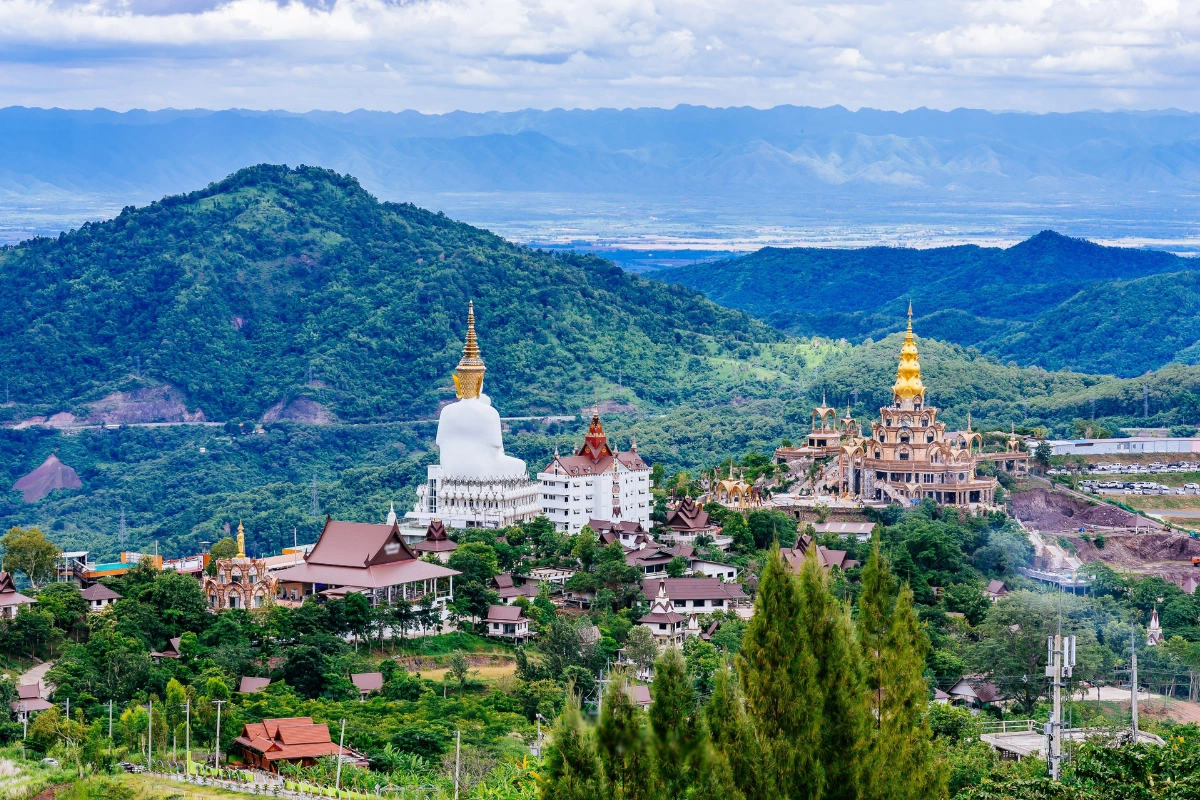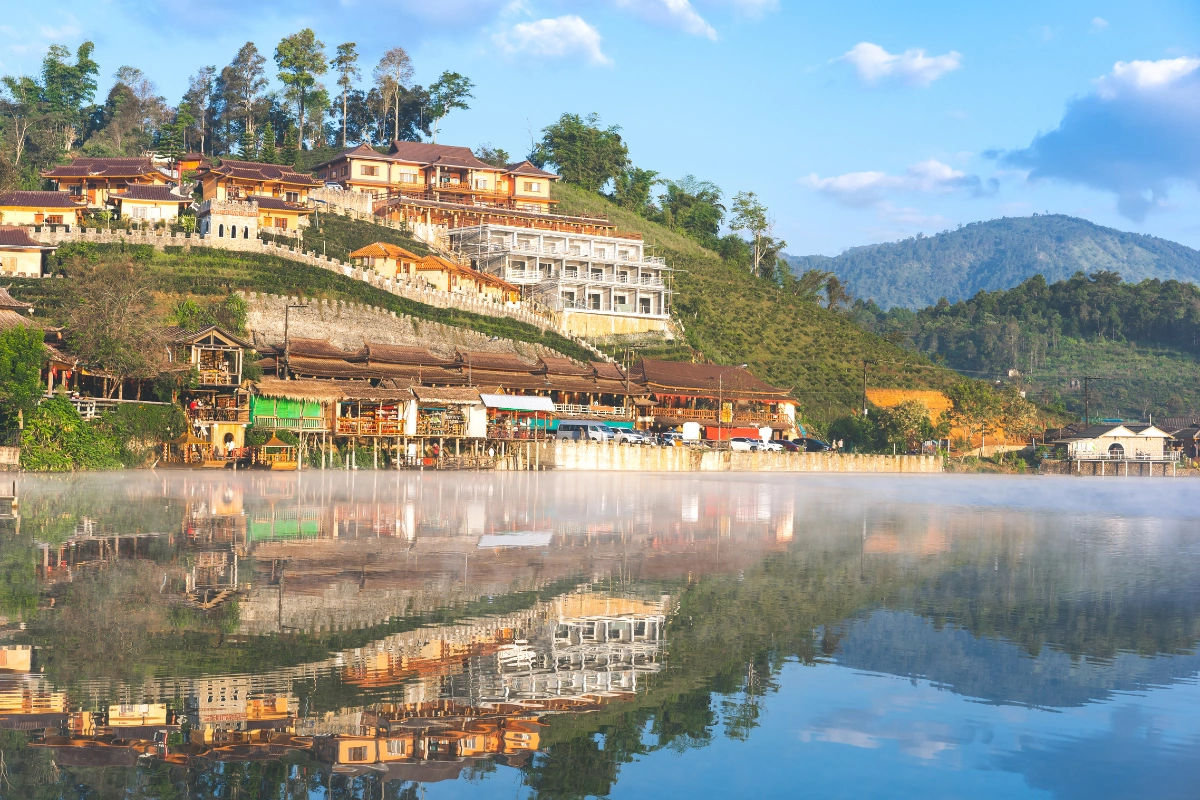What is the coldest month in Thailand?

The coldest month in Thailand

- Northern Thailand: Temperatures can drop to 6-8°C (43-46°F) in higher areas, with frost possible on mountain tops.
- Bangkok and nearby areas: Nighttime lows range from 16-18°C (61-64°F).
- Central regions: Average lows are around 20-21°C (68-70°F).
Rainfall is minimal during the cool season, especially in central and northern areas, resulting in low humidity and plenty of sunshine. These conditions are perfect for sightseeing, trekking, and beach activities. However, southern regions, particularly in the southeast, may still see some rain and higher humidity.
The coldest city or region in Thailand
The coldest regions in Thailand are found in the northern and northeastern parts of the country, where higher altitudes and mountainous landscapes create cooler climates. These locations offer a refreshing change from Thailand’s usual tropical heat.
Sakon Nakhon

Chiang Rai

Chiang Rai, in northern Thailand, has a cooler climate compared to most other cities in the country. While not the coldest place in Thailand, winter nights in Chiang Rai often drop to 13-15°C (55-59°F).
The city has a tropical wet and dry climate, with cooler winters and hot summers. April is the hottest month, with temperatures reaching up to 34.5°C (94.1°F). Chiang Rai’s mild weather is due to its elevation and surrounding mountains.
From late April to October, the monsoon season brings heavy rain and slightly cooler daytime temperatures. Chiang Rai’s cool winters and cultural attractions make it a popular destination for those looking to escape the tropical heat.
Khao Kho

Latest Thailand News
Follow The Thaiger on Google News:































